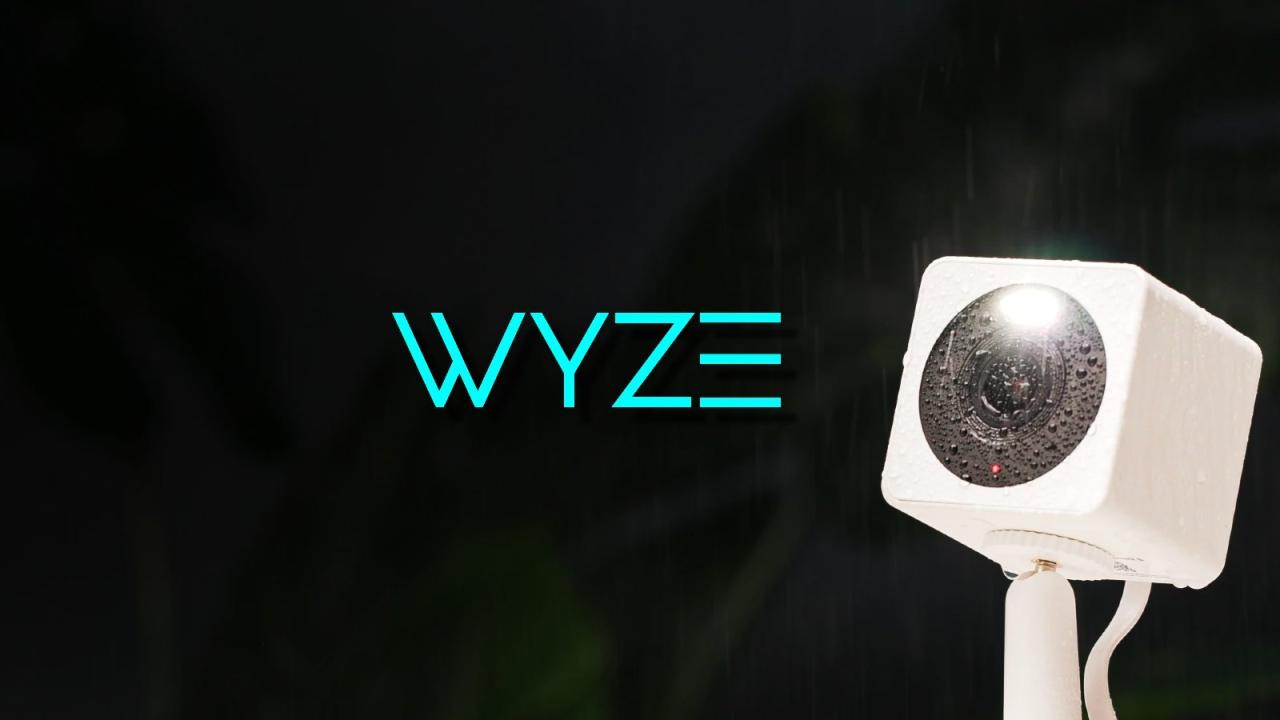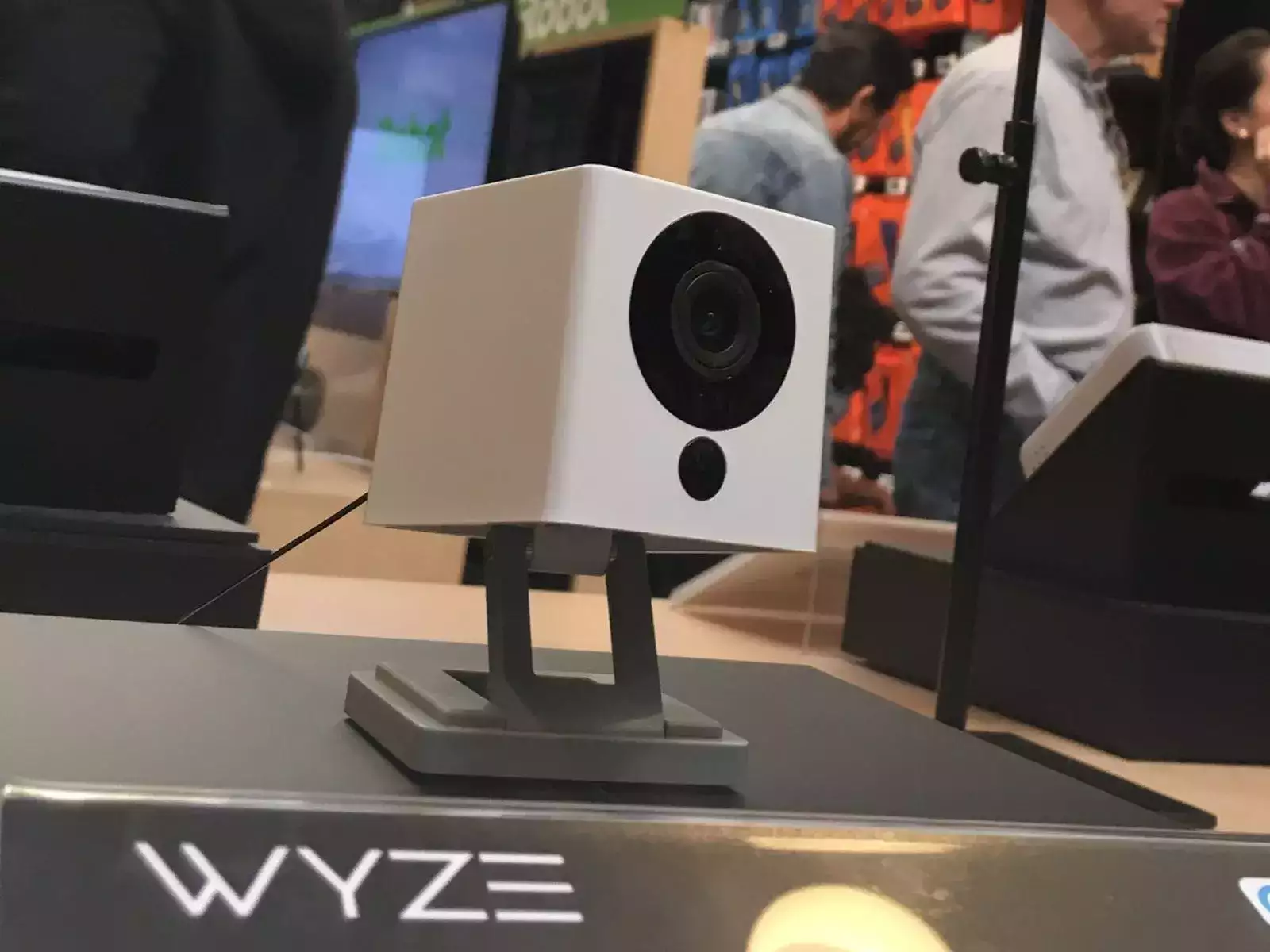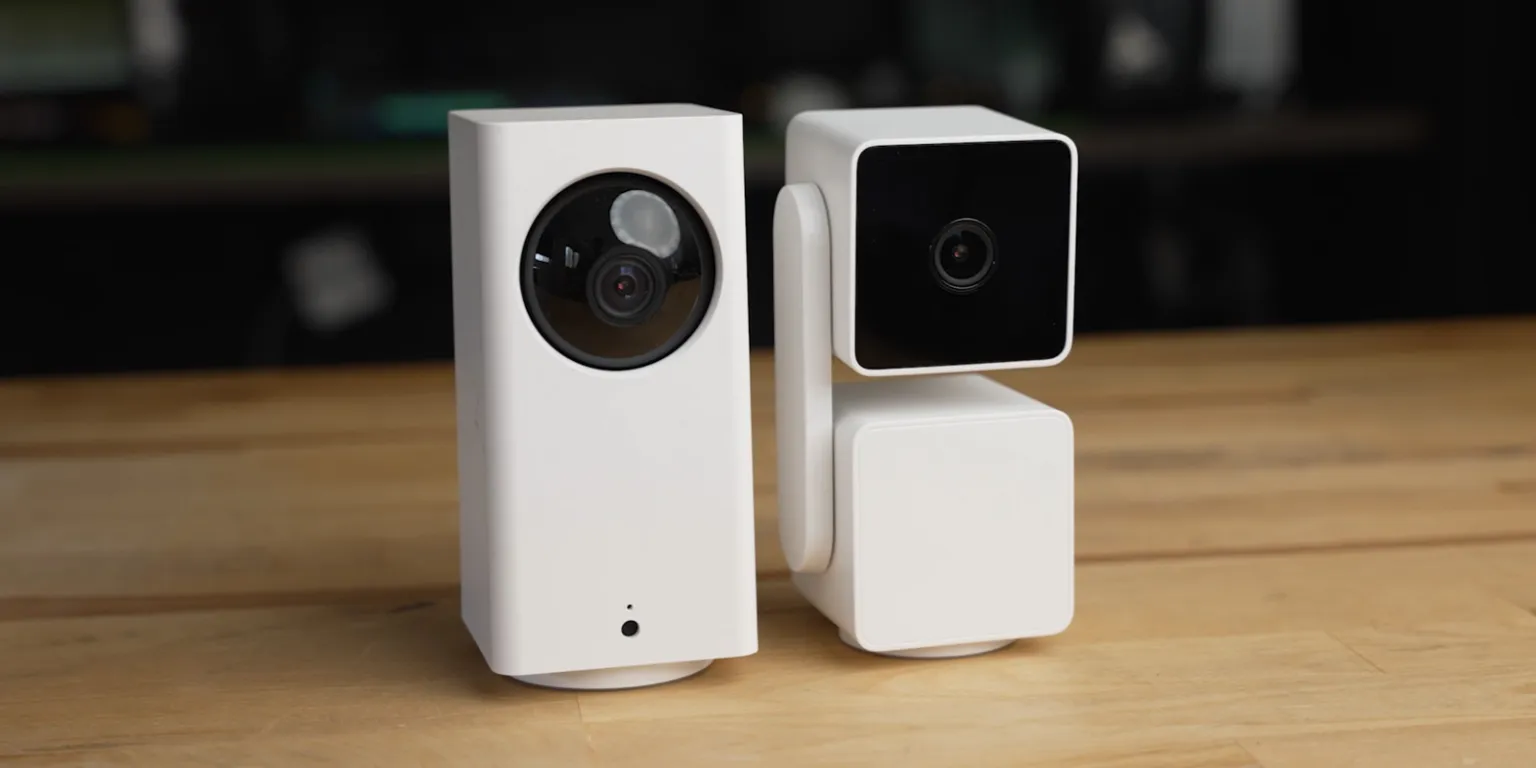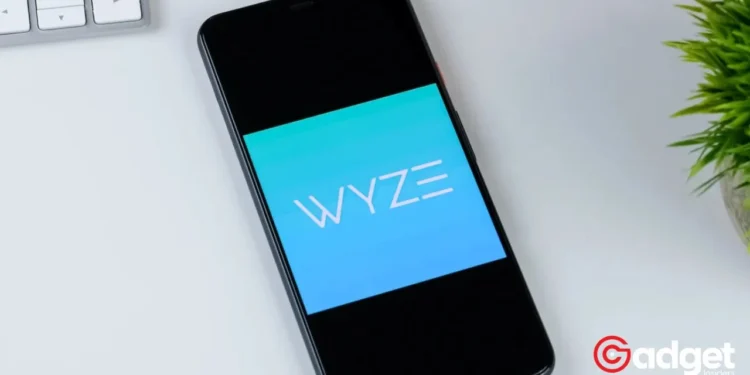In an age where the sanctity of home security is paramount, a glitch within the Wyze camera system last week left users both bewildered and concerned. Affecting a select group of Wyze camera subscribers, this incident provided a brief, unintended window into the lives of others, thrusting privacy concerns back into the spotlight.

Wyze Camera: The Unforeseen Breach
It was a typical day for many until it wasn’t. Following an AWS outage, Wyze cameras, known for their reliability and accessibility, faced a hiccup that led to a peculiar situation. Users logging back into their accounts were met with thumbnails and videos that did not belong to them.
This anomaly wasn’t just a one-off; it implicated approximately 13,000 users, a significant number, though a fraction of Comapny’s extensive user base. The root cause, as identified by Wyze, was traced back to a third-party caching client library recently incorporated into their ecosystem.
This integration, meant to enhance the system, unfortunately, buckled under the pressure of devices simultaneously reconnecting post-outage. The mix-up of device ID and user ID mappings led to this inadvertent sharing of camera feeds.

The Response and Rectification
The handling of the incident by the brand was swift and transparent. Through an earnest email to its users, the company outlined the breach and its scope. It reassured that despite the large figure of 13,000 affected users, the vast majority, 99.75%, of Wyze accounts remained unaffected.
The company’s immediate actions included notifying all users, impacted or not, and showcasing its commitment to transparency and user trust. In a move to fortify their system against future anomalies, the company introduced an additional layer of verification for accessing Event Videos.
Furthermore, the company is reevaluating its use of caching client libraries, opting to bypass caching for checks on user-device relationships until a more robust solution is found.
🚨 SECURITY ALERT: A recent glitch in #Wyze home security cameras caused a concerning privacy breach. Thousands of users could see inside others' homes due to a snag. Here's what unfolded: (1/8) #SecurityBreach #Privacy #TechNews pic.twitter.com/dipT5u0y7q
— CyberStory.net (@CyberStoryNet) February 21, 2024
The Bigger Picture
This incident serves as a stark reminder of the delicate balance between innovation and privacy in the digital age. As smart home devices become increasingly integrated into our lives, the responsibility of companies like Wyze to safeguard user privacy has never been more critical.
The swift response and corrective measures taken by Wyze demonstrate a commitment to this responsibility, yet the incident underscores the ongoing challenges faced by tech companies navigating the complex landscape of digital privacy.
In the aftermath, the community’s focus has shifted towards a broader conversation about the security measures inherent in smart home technology. The Wyze incident, while resolved, leaves a lingering question: In our quest for a connected home, how do we ensure that our private lives remain, unequivocally, our own?

As Wyze navigates the fallout and works towards regaining user trust, the incident serves as a cautionary tale for the tech industry at large. It highlights the importance of rigorous stress testing and the potential consequences of third-party integrations.
In a world where privacy is prized, the path forward for smart home technology is clear: innovate responsibly, with user security and privacy at the forefront.










